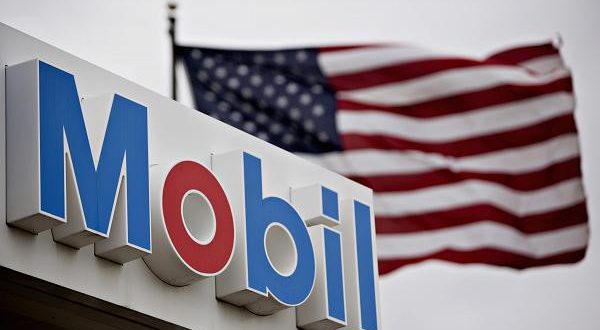It’s predictable what an oil company would do when its shareholders want to know about the risks to its business in the face of climate change.
On Friday (Feb. 2) at 3pm US eastern time. two hours before the end of the working week for most Americans. ExxonMobil put out a report (pdf) in response to just such a shareholder demand made nine months ago. The title of the report is “ExxonMobil: Positioning for a Lower-Carbon Energy Future.“ Not low-carbon. which is the term most commonly used to describe the energy of the future. but its comparative cousin lower-carbon.
“We are well positioned to succeed in a changing world.“ writes Darren Woods. the company’s chairman. Even with aggressive policies to reduce emissions. ExxonMobil’s “reserves face little risk.“
What’s not predictable. however. is which of the many claims an oil company will make to reassure its shareholders of its commitment. ExxonMobil’s assertion essentially hinges on one technology.
“We are deploying technologies such as cogeneration and carbon capture and storage. while researching next-generation solutions such as algae biofuels and advanced carbon capture using fuel cells.“ said Woods in a statement (emphasis added).
For the uninitiated. carbon capture and storage (CCS) is a technology to trap the carbon dioxide produced from burning fossil fuels and safely burying it underground. The technology has been in use since the 1970s. mainly as a means to enhance oil recovery from depleting fields. where the buried carbon dioxide acts as a detergent and pushes out hard-to-reach oil.
Since the 1990s. the technology also has been considered a vital part of mitigating climate change. Though it has been demonstrated to work in many industries—coal power plants. natural-gas processing. steel plants. ethanol production. and hydrogen production—and across many countries. there has been almost no appetite to deploy it at a scale that would have meaningful impact. Today. 17 large-scale carbon-capture plants bury about 40 million metric tons of carbon dioxide each year. That’s about 0.1% of the world’s total emissions. The International Energy Agency estimates (pdf) that CCS must bury about 6 billion metric tons of CO2 each year by 2050—a 150-times increase from current capacity.
The industries that can deploy this technology at the lowest cost are oil and gas companies. which produce vast amounts of carbon dioxide at their processing plants and have access to large reservoirs to trap and bury the greenhouse gas instead. The companies’ excuse to not deploy the technology on a large scale is that. without a price on carbon. they don’t have an economic case to do so. That price on carbon will only come when governments are ready to create the regulations. but most governments insist that a carbon tax will cause too much damage to businesses.
The chicken-and-egg situation works out in favor of these fossil-fuel industries. They are able to use the little they do on carbon-capture technologies as their PR pitch on caring about the environment. ExxonMobil. for instance. ran a huge advertising campaign last year promoting its partnership with FuelCell Energy. which is developing technology to capture emissions from fossil-fuel power plants. A former oil-company marketing executive told me that often carbon capture is all they want to promote.
If there’s an upside it’s that. after many years of trying. activist shareholders were finally able to convince a majority to vote on a proposal that has now forced ExxonMobil to put out this report—albeit one with many holes in it. One can only hope that this all-talk-and-no-action positioning will bring more shareholder wrath.
 Iran Energy News Oil, Gas, Petrochemical and Energy Field Specialized Channel
Iran Energy News Oil, Gas, Petrochemical and Energy Field Specialized Channel




